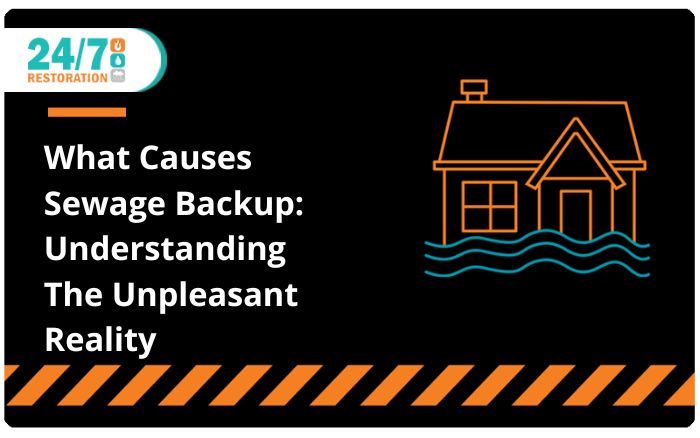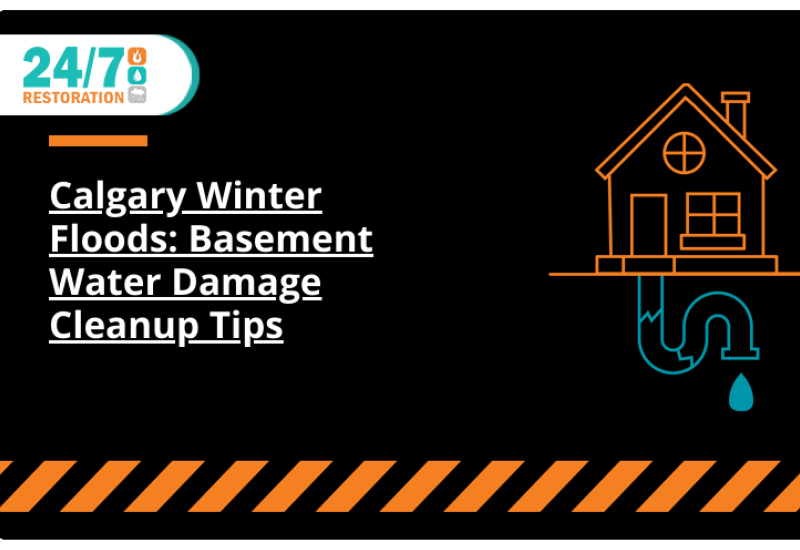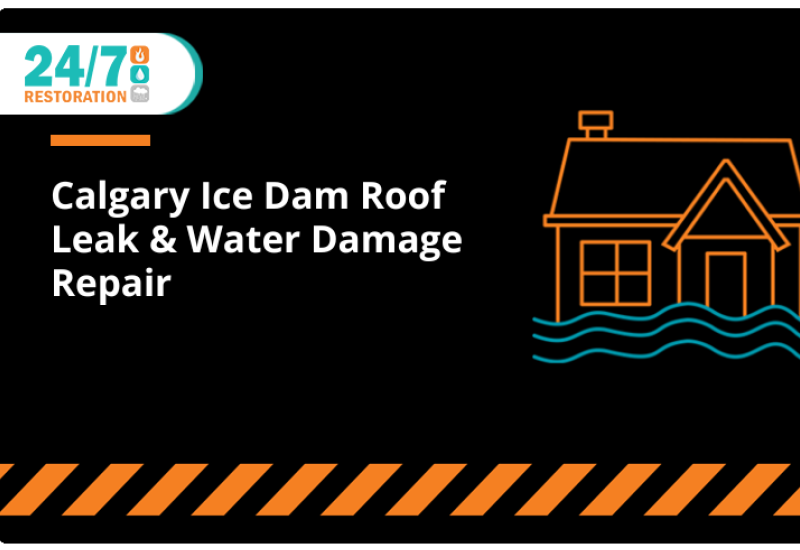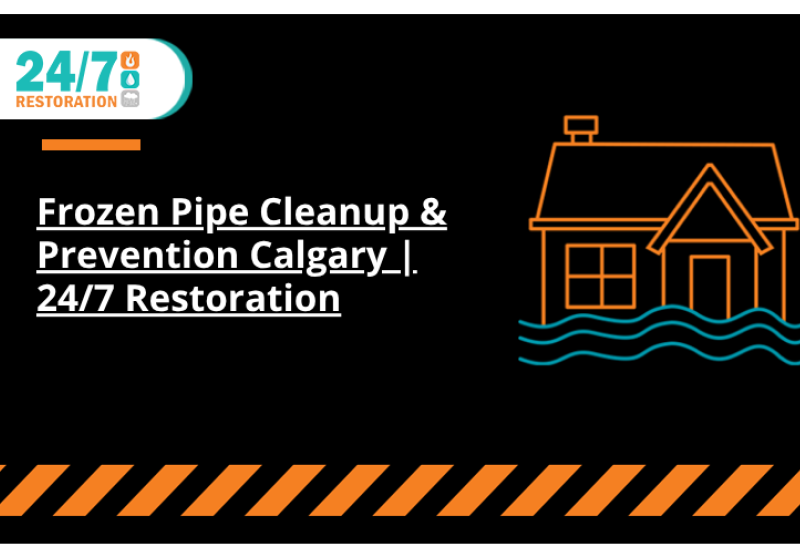At 24/7 Restoration, we understand the distress and inconvenience caused by sewage backup. It’s an issue that no homeowner wants to face, yet it’s crucial to recognize the common causes to prevent potential damage. Sewage backups not only pose significant health risks but can also cause extensive property damage. This article aims to shed light on the primary causes of sewage backups, offering insights and advice to help you safeguard your home.
As a leading disaster recovery service, 24/7 Restoration specializes in addressing and mitigating the aftermath of sewage backups. Our expertise and commitment to excellence guide homeowners through these challenging times, providing essential knowledge to prevent future occurrences. Understanding the root causes is the first step toward prevention.
Key Causes of Sewage Backup
Clogged Drain Pipes
One of the most common culprits behind sewage backups is clogged drain pipes. Everything from household grease, hair, food waste, and non-flushable items can accumulate over time, leading to significant blockages. These blockages prevent wastewater from flowing away from your property, causing it to back up into your home. The key to prevention lies in mindful disposal practices. Avoid pouring grease down the drain and dispose of food scraps and other solids in the trash rather than the sink. Installing drain guards can also catch hair and other debris, significantly reducing the risk of clogs.
Tree Root Infiltration
Tree roots seeking moisture can infiltrate sewer lines, causing blockages and even pipe damage. Roots grow towards the pipes, exploiting any small openings to enter and expand within the sewer line. Over time, this can lead to severe blockages and may necessitate the replacement of affected pipes. Preventative measures include regular sewer line inspections and considering the placement of new trees in relation to sewer lines. In some cases, removing problematic trees or roots may be necessary to protect your plumbing system.
Aging and Collapsed Sewer Lines
The infrastructure of older homes may only sometimes keep pace with modern demands, leading to aged and sometimes collapsed sewer lines. Over the years, pipes made from clay or other porous materials can deteriorate or collapse under the pressure from soil or root encroachment. Regular maintenance and inspections are vital to catch and address these issues early. For homes with older plumbing systems, consider upgrading to more durable materials to prevent future backups.
Sewage backups are undeniably distressing, but with the right knowledge and preventative measures, many of these incidents can be avoided. At 24/7 Restoration, we are committed to helping you protect your home from the damage and health risks associated with sewage backups. Regular maintenance, mindful disposal practices, and being proactive about the health of your sewer lines can significantly reduce the risk of a backup. However, should you find yourself facing this unpleasant situation, remember that our team is here to help, 24/7. We provide expert clean-up and restoration services, ensuring your home is safe, clean, and comfortable once again.
Written on behalf of 24/7 Restoration.
FAQs
Q: What should I do if I suspect my sewer lines are aging or damaged?
A: If you suspect your sewer lines are aging or damaged, it's important to conduct regular maintenance and inspections. For homes with older plumbing systems, considering upgrading to more durable materials can prevent future backups.
Q: What immediate steps should I take if I experience a sewage backup?
A: If you experience a sewage backup, immediately stop using all water in your home to prevent further backup. Contact a professional disaster recovery service like 24/7 Restoration to safely clean and restore the affected area.
Q: How often should I have my sewer lines inspected?
A: It's recommended to have your sewer lines inspected at least once every two years, or more frequently if you have large trees near your sewer lines or an older plumbing system. Regular inspections can help identify potential issues before they lead to a backup.




